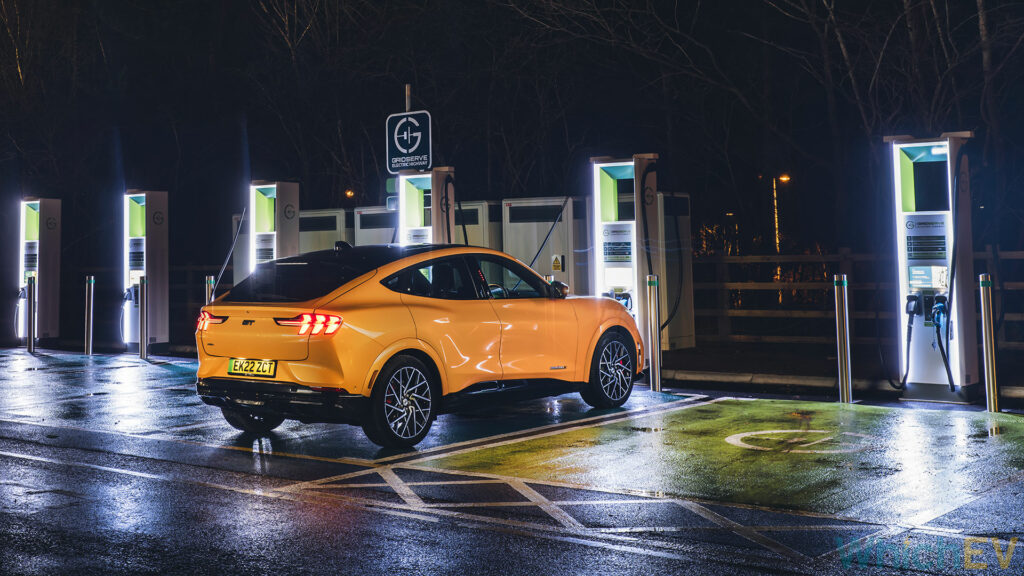With the opening of two more Electric Super Hubs last week, Gridserve now has over 160 locations operating across the UK. At the same time, Osprey has confirmed that has made 142 new charging stations live in the first quarter of 2023 alone. With construction/deployment picking up pace, will the UK be ready for the switching-off of petrol and diesel in 2030?
While encouraging, the ultimate goal for public charger provision is still a way off for the UK. According to industry body SMMT (Society of Motor Manufacturers and Traders), the UK is likely to require somewhere between 280,000 and 720,000 chargepoints by 2030. Setting a target of 300,000 has been considered reasonable. Bear in mind that this will be augmented by home chargers in households across the nation.
As we move toward the middle of 2023, there are just shy of 40,000 public chargepoints across the country. That indicates that we will hit around 15% of the required number any time soon. Given that we reported that figure as 25,000 in July 2021, the increase in encouraging.
Connected Kerb has promised 10,000 new points and local councils across the country and setting plans for their own networks. Essex has a pilot scheme running now, that will be dramatically expanded over the next 24 months.
Ian Johnston from Osprey is happy with the speed of development with his company’s network. So far, Osprey has commissioned 536 rapid chargers. Over the next nine months, that will double to over 1,000. As the business model becomes more and more proven, it should become easier to create new rapid charger hubs like the ones we’ve seen in Banbury and Paisley Pear.
Gridserve has certain advantages when it comes to expansion. For a start, they have partnership in place with Moto – the largest UK motorway services operator. They have also built the amazing Electric Forecourts that we’ve visited in Norwich and Braintree – which truly provide a glimpse of the future. New Electric Super Hubs have just opened at Moto Washington North and South for the A1(M) – with six 350kW chargers each.
Toddington Harper, CEO of GRIDSERVE, says, “We are thrilled to open our next Electric Super Hubs at both Washington North and Southbound. As the demand for electric vehicles and charging increases, it is vital we continue this pace to roll out the installation of High Power chargers to support EV drivers and those making the switch to electric.”
If anything, the main limitation for Gridserve and Ionity, is the lack of ultra-rapid charging systems being fitted to modern EVs. Very few will be able to take full advantage of chargers that can deliver over 200kW.
Moto Chief Executive, Ken McMeikan told media, “As the largest UK Motorway Services Operator, we are continuing our mission to transform the UK’s rest stop experience and reducing range anxiety by revolutionising the EV charging experience for motorists on motorways is at the heart of our plans.”
We hope that all of these companies are implementing strict SLAs (Service Level Agreements) to ensure that the chargers are working properly when drivers arrive.
Looking at the various numbers reported so far, we have to assume that specialist organisations will deliver over 100,000 of the chargers that we will need by 2030. Shell has committed to hitting 100,000 chargerpoints in the same period – saying that no driver should be more than 10 minutes from a Shell rapid charger. BP are planning to add another 59,000 to that number.
Emma Delaney, BP’s head of customers and products, recently told Reuters: “If I think about a tank of fuel versus a fast charge, we are nearing a place where the business fundamentals on the fast charge are better than they are on the fuel.”
Combined, the outlook for UK EV drivers is good.
